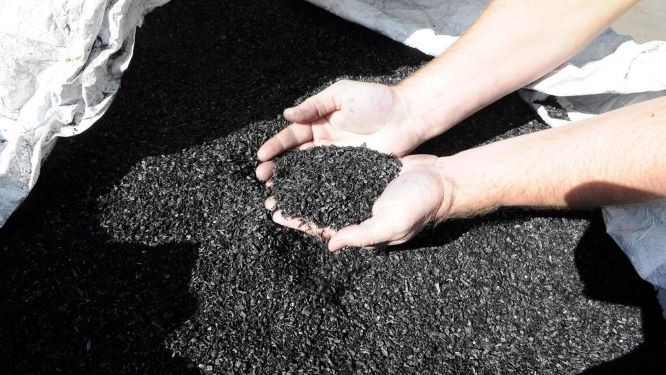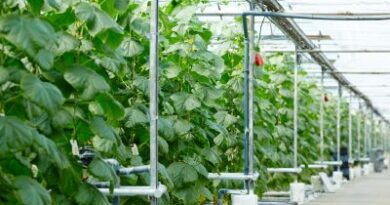Korean Scientists Use Agri-Based Biochar to Clean Polluted Water

The research team of Dr. Jae-woo Choi and Dr. Kyung-won Jung of the Korea Institute of Science and Technology (KIST) utilized biochar, which is eco-friendly and made from agricultural byproducts, to develop a wastewater treatment process that effectively removes pollutants and environmental hormones.
The sewage and wastewater which are produced at any industrial worksite inevitably contain large quantities of pollutants and environmental hormones (endocrine disruptors). The performance of the catalyst that is currently in industrial wastewater treatment or being used to process sewage and wastewater drops significantly with time. Because high efficiency is difficult to achieve given the conditions, the biggest disadvantage of the existing process is the high cost involved.
One of these environmental hormones is popularly known as Bisphenol A (BPA). Exposure to BPA is a concern because of possible health effects of BPA on the brain, autism and prostate gland of fetuses, infants and children.
The team used rice hulls, which are discarded during rice harvesting, to create a biochar that is both eco-friendly and economical. The surface of the biochar was coated with nano-sized manganese dioxide to create a nanocomposite. The high efficiency and low cost of the biochar-nanocomposite catalyst is based on the combination of the advantages of the biochar and manganese dioxide.
The KIST team used the hydrothermal method, which is a type of mineral synthesis that uses high heat and pressure, when synthesizing the nanocomposite in order to create a catalyst that is highly active, easily replicable, and stable. It was confirmed that giving the catalyst a three-dimensional stratified structure resulted in the high effectiveness of the advanced oxidation process (AOP), due to the large surface area created.
Dr. Kyung-won Jung of KIST’s Water Cycle Research Center said, “The catalyst developed through this study makes use of a common agricultural byproduct. Therefore, we expect that additional research on alternative substances will lead to the development of catalysts derived from various types of organic waste biomass.”
When used under the same conditions in which the existing catalyst can remove only 80 percent of Bisphenol A (BPA), an environmental hormone, the catalyst developed by the KIST team removed over 95 percent in less than one hour. In particular, when combined with ultrasound (20kHz), it was confirmed that all traces of BPA were completely removed in less than 20 minutes. Even after many repeated tests, the BPA removal rate remained consistently at around 93 percent.
Dr. Jae-woo Choi, also of KIST’s Water Cycle Research Center, said, “We have high hopes that future studies aimed at achieving process optimization and increasing removal rates will allow for the development an environmental hormone removal system that is both eco-friendly and low-cost.”




